SALISBURY, N.C. — The program chairs from the Health and Education department, as well as Emergency Medical Science (EMS), collaborated on the first ever health programs simulation at Rowan-Cabarrus Community College.
“I have always wanted to do something like this,” said Dr. Wendy Barnhardt, dean of the health and education department. “It is so important to be able to work together to provide the best, cohesive healthcare for our patients.”
Interprofessional Education (IPE) has had a recent surge in attention due to several accrediting agencies seeing the value, so they have begun requiring programs to meet standards. Research also indicates that IPE improves patient outcomes and fosters responsibility, accountability, coordination, communication, cooperation, assertiveness, autonomy, mutual trust, and respect in healthcare teams.
One-hundred and fifty students met in the Rowan-Cabarrus auditorium for an overview of the day and then separated into their pre-assigned groups. Each of the seven groups consisted of current nursing, radiography, dental assisting, occupational therapy assistant, and EMT students. In intervals, students participated in a simulated emergency medical situation and then progressed through each step of the healthcare continuum of care.
“To have the opportunity to learn about the other healthcare professions is very valuable to our students,” said Amy Mahle, program chair of the occupational therapy assistant program. “The students need to learn how to collaborate in a broader sense and this simulation is going to give them that insight.”
Students from each group participated in the simulated event in two ways: they played the role of the healthcare professional that they are training to be and when they did not have a role in a particular setting, they observed the scenario. For example, during any given scenario, students stepped in and worked with each other to provide simulated care to the patient, then stepped out, then perhaps stepped back in as warranted. This gave the students the opportunity to practice their skills of collaboration and communication.
“The simulation has been a great opportunity to learn about all of the healthcare professions, and was a chance to learn how each member of the team contributes to patients’ positive health outcomes,” said Alicia Gonzales, an occupational therapy assistant student.
The “patient” and “family member/caregiver,” played by first semester EMT students and community member volunteers, traveled through the simulated continuum of care (per their condition) in the College’s health sciences building, including the dental office, the emergency department, the acute care hospital, the operating room, inpatient rehabilitation, home (home health), and outpatient care. Each scenario was captured on video to be played back during a group debrief session that was led by faculty members. This gave the students the chance to discuss each scenario and ask questions to group members from other programs.
“I think it was a good opportunity to see everyone work together. We spend a lot of time learning about the teamwork of healthcare, but to see each step makes you feel like a bigger family,” said Amanda Keene, a nursing student at Rowan-Cabarrus, after completing her scenario.
Students are also doing learning activities in blended groups from each of the programs, using a special IPE Blackboard shell designed by the program chairs. The focus of the training is for students to improve communication skills with other healthcare professionals to improve patient care and to learn about the whole team of providers.
The simulation event was supported by the Rowan-Cabarrus Community College Foundation.
